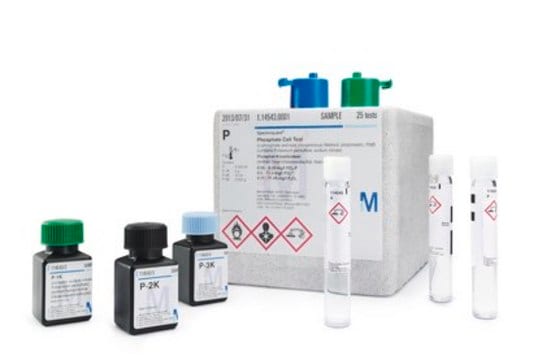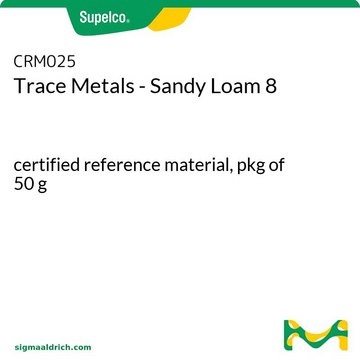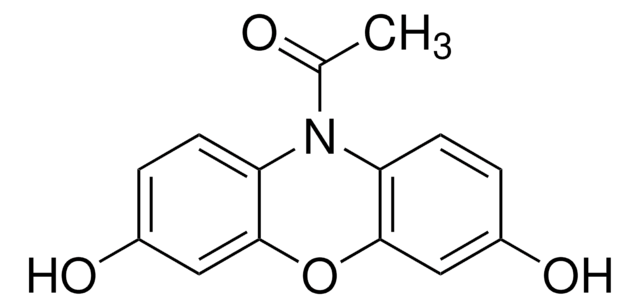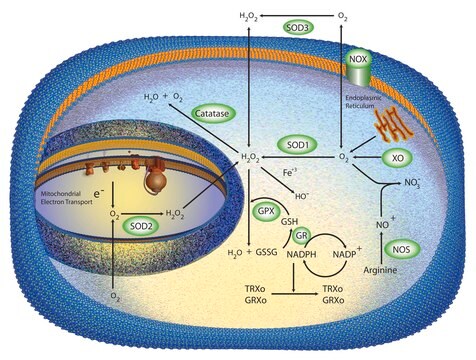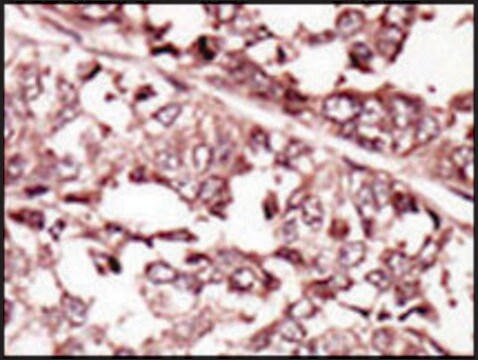MAK164
Intracellular Hydrogen Peroxide Assay
sufficient for 200 fluorometric tests (green fluorescence)
Synonym(e):
Hydrogen Peroxide Detection in Cells
About This Item
Empfohlene Produkte
Verwendung
sufficient for 200 fluorometric tests (green fluorescence)
Nachweisverfahren
fluorometric
Relevante Krankheit(en)
aging/geriatric diseases; neurological disorders; pulmonary disorders; orthopedic diseases; cardiovascular diseases
Lagertemp.
−20°C
Allgemeine Beschreibung
Anwendung
Leistungsmerkmale und Vorteile
Eignung
Prinzip
Lagerklassenschlüssel
10 - Combustible liquids
WGK
WGK 3
Analysenzertifikate (COA)
Suchen Sie nach Analysenzertifikate (COA), indem Sie die Lot-/Chargennummer des Produkts eingeben. Lot- und Chargennummern sind auf dem Produktetikett hinter den Wörtern ‘Lot’ oder ‘Batch’ (Lot oder Charge) zu finden.
Besitzen Sie dieses Produkt bereits?
In der Dokumentenbibliothek finden Sie die Dokumentation zu den Produkten, die Sie kürzlich erworben haben.
Kunden haben sich ebenfalls angesehen
Unser Team von Wissenschaftlern verfügt über Erfahrung in allen Forschungsbereichen einschließlich Life Science, Materialwissenschaften, chemischer Synthese, Chromatographie, Analytik und vielen mehr..
Setzen Sie sich mit dem technischen Dienst in Verbindung.
